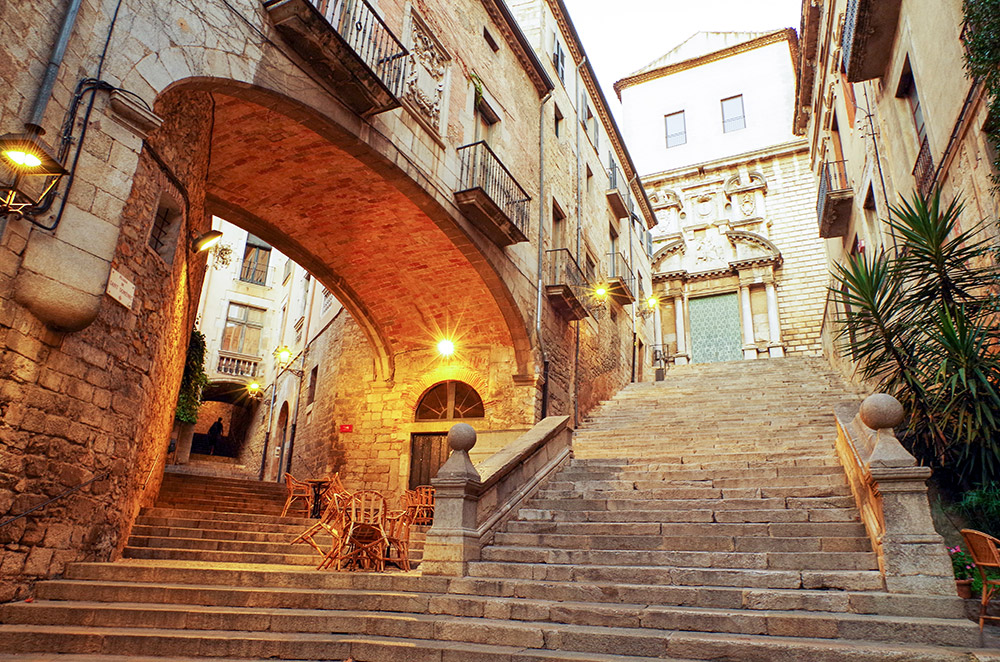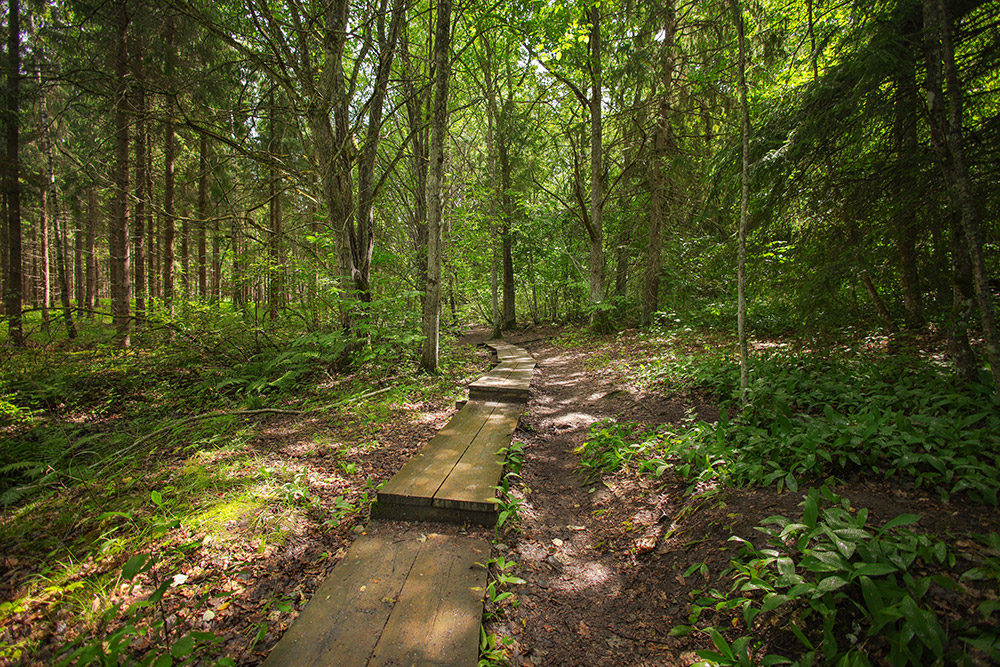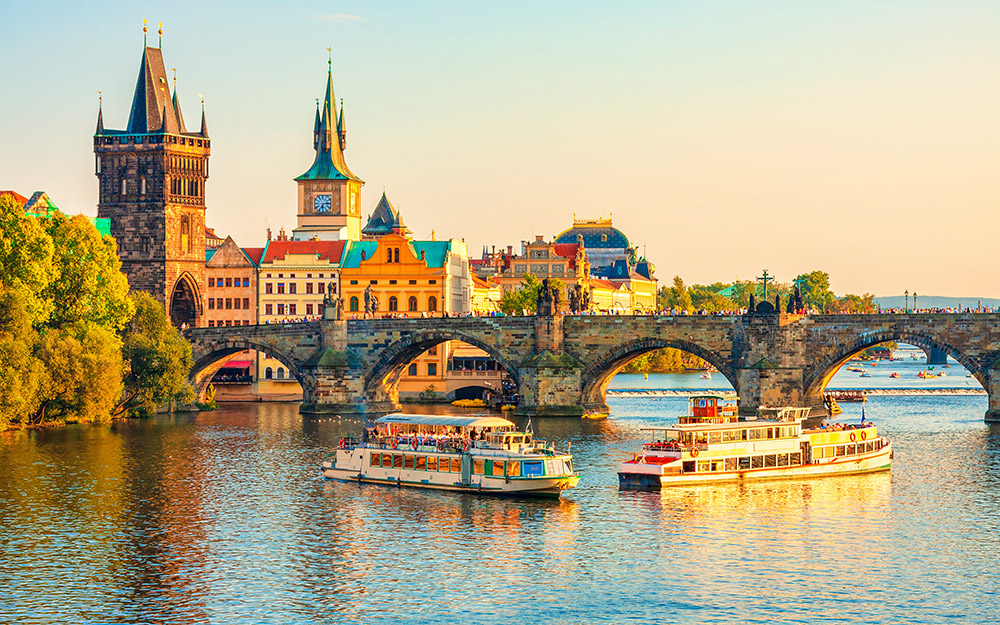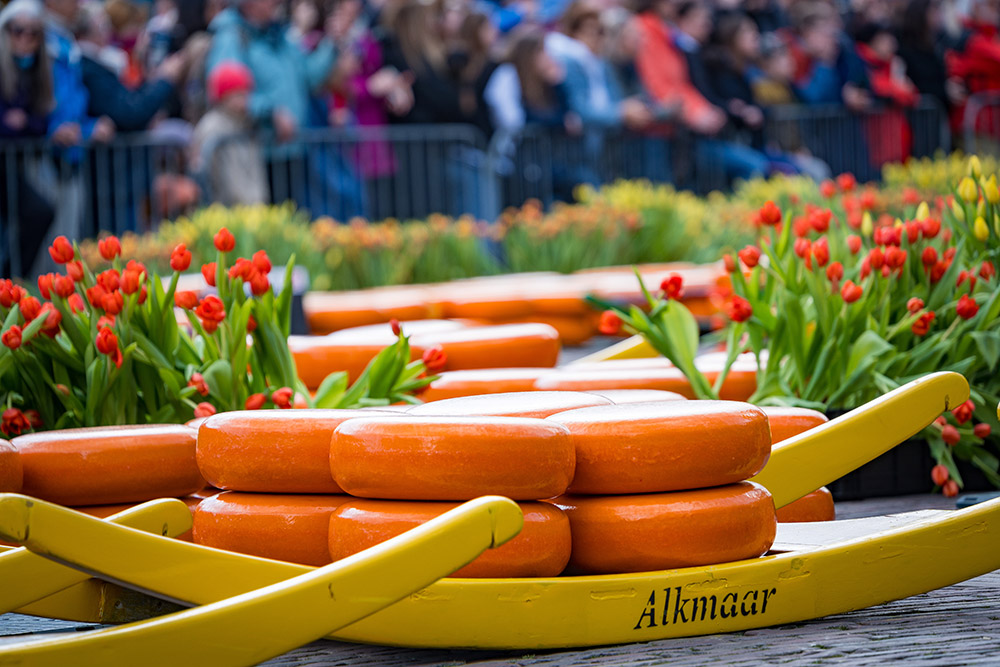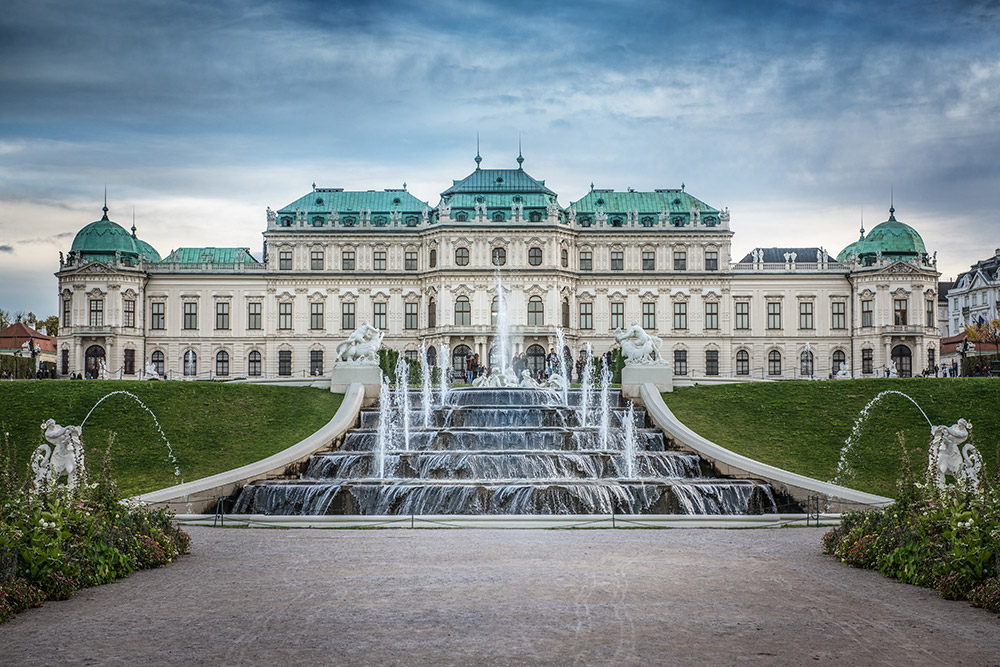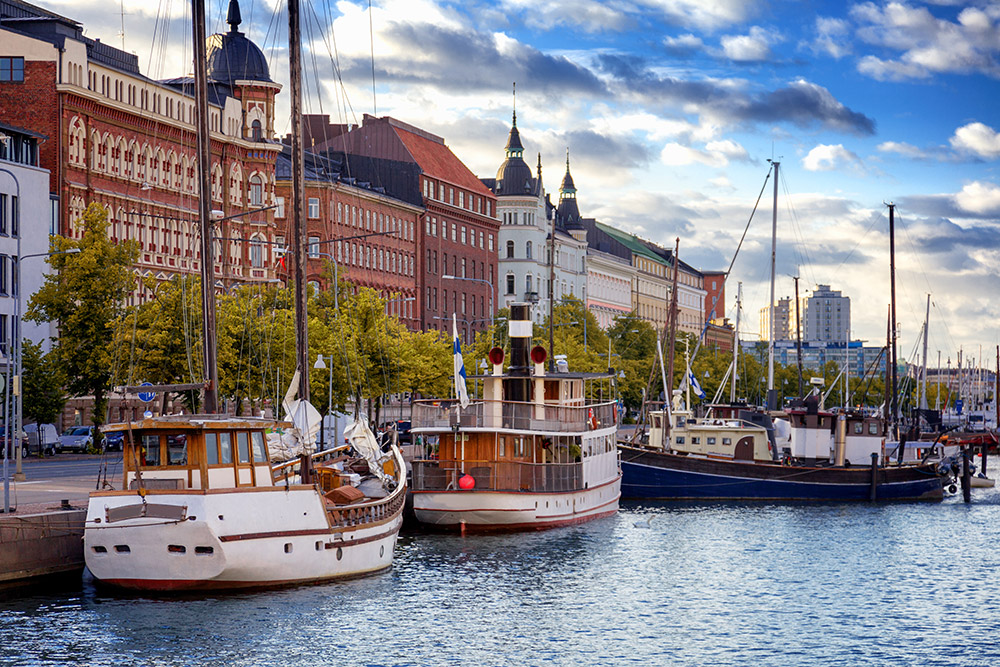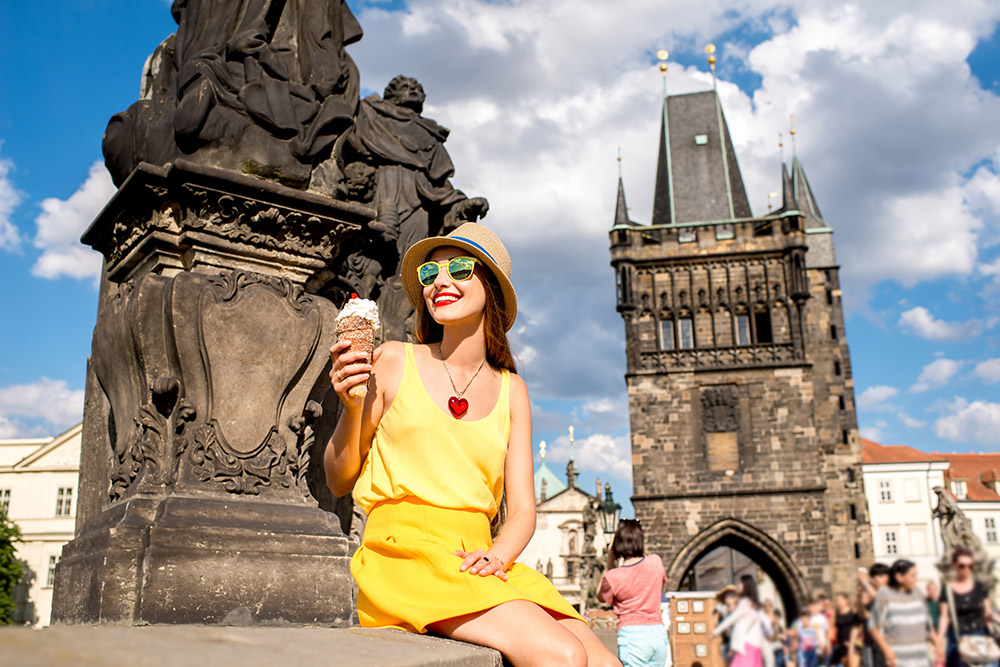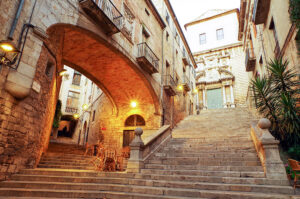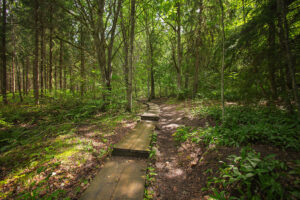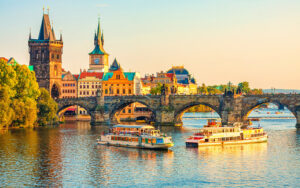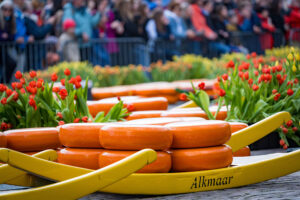Sun-drenched Andalusia, in southern Spain, stretches from the sparkling Mediterranean coast in the east to the border with Portugal in the west. For centuries, Andalusia has been a vibrant crossroads of cultures and religions. This rich tapestry of influences is evident in the region’s diverse communities and towns, where architecture, art, food, and traditions showcase a fascinating blend of heritage.
Popular itinerary for exploring historic Andalusia:
This 13-day itinerary starts and ends in Madrid.
Day 1: Toledo
Arriving in Madrid, pick up your rental car and head south for your first stop: Toledo. This historic city boasts a rich tapestry of Roman, Visigothic Christian, and Islamic influences. Once a fortified Roman settlement, Toledo thrived as the religious and administrative center of Hispania under the Visigoths. Following this era, Islamic rule flourished for nearly 300 years, during which the Jewish population grew significantly, earning Toledo the nickname “The Jerusalem of Spain.”
Toledo’s picturesque setting adds to its charm. Nestled amidst rolling hills and encircled by defensive walls, the town is embraced by the Tagus River on three sides. Before venturing into the heart of the Old Town, take a scenic detour across the river to admire the panoramic vistas. Start at Mirador Alcántara, offering a breathtaking view of the Alcántara Bridge. Continue south for more breathtaking vistas at Mirador del Valle and Mirador del Puente de San Martin II, overlooking the iconic San Martin II Bridge.
As Toledo is a medieval town, its narrow alleys and streets are best explored by foot. Park your car outside the city walls and enter the Old Town through the Puerta del Cambrón. On your way to the Juderia – the Jewish quarter, you will pass the Monasterio de San Juan de los Reyes that was built by the Catholic kings to commemorate their victory in battle. The monastery is built in Gothic style with Mudéjar elements. Look for the symbolic chains on the facade, a reminder of freed Christian prisoners.
A few meters from the monastery is the heart of the Juderia, the old Jewish quarter. The pavements are adorned with ceramic tiles etched with Hebrew words, marking the area’s rich Jewish heritage. Witness the fascinating blend of cultures, where buildings like the Sinagoga de Santa María La Blanca showcase a transformation from synagogue to church. This 12th-century structure features exquisite Mudéjar (Muslim-influenced) architectural elements.
Next, visit the Synagogue of El Transito, another captivating synagogue adorned with intricate Mudéjar details and inscriptions in Hebrew and Arabic. Today, it serves as the Museum of Sephardic Life in Spain, offering a glimpse into the history of Jewish people in the country. A few steps away lies the Museo del Greco, dedicated to the renowned Greek painter who made Toledo his home. El Greco’s masterpieces are displayed here alongside other treasures like Spanish furniture and ceramics.
In the heart of the Old Town, admire the Gothic cathedral – Santa Iglesia Catedral Primada De Toledo. Built in the late 13th century, this ornate masterpiece houses a wealth of artwork and a stunning cloister embellished with Mudéjar elements.
As you make your way to the main square, Plaza de Zocodover, keep an eye out for El Alcázar de Toledo, a formidable fortress used from Roman times through the Spanish Civil War in the 20th century. The bustling Plaza de Zocodover, once the town’s entry point and marketplace, is now lined with charming cafes and souvenir shops.
Enjoy dinner in one of the local restaurants and treat yourself to the local dishes like “carcamusas,” a combination of tender pork meat, flavorful tomato sauce, and a touch of peas, or “cuchifrito,” consisting of pieces of pork which are first slightly stewed and later deep-fried with garlic in olive oil until crispy. Don’t forget to indulge in Toledo’s famed marzipan for a truly decadent ending to your adventure.
Spend the night in Toledo.
Day 2: En Route to Cordoba
Embark on a captivating journey south, passing through the land immortalized in Cervantes’ masterpiece, Don Quixote. Keep an eye out for the iconic white-washed windmills, a testament to the region’s rich history. Your first stop will be the Molinos de Viento de Consuegra, where a dozen preserved windmills, once used for grinding flour, stand proudly against the backdrop of the rolling Spanish countryside.

Continue to Ciudad Real, a charming town established by royal decree in the 14th century. Step back in time as you explore the Puerta de Toledo, the sole remaining gateway of the city’s once-mighty Alcázar fortress. Admire the Iglesia de San Pedro, the final resting place of Fernando Alonso de Coca, confessor and chaplain to the Catholic Monarchs. Explore the legend of Don Quixote at the Museo del Quixote, featuring interactive exhibits that bring the beloved novel to life. Indulge in a delicious lunch featuring the region’s culinary delights.
After lunch, head toward Jaén, making a quick stop in Úbeda and Baeza. These are UNESCO World Heritage towns known for their outstanding Renaissance architecture, as is evidenced in their grand main squares and magnificent local churches.
Jaén, an olive oil production center and historical gem, awaits your discovery. Marvel at the Jaén Cathedral, a Renaissance masterpiece adorned with colossal Corinthian pillars. The San Ildefonso Church boasts a unique Mudéjar-style tower, a captivating blend of Muslim and Christian influences. Immerse yourself in history at the Arab Baths at Baños Árabes Cultural Center and the Villardompardo Palace, dating back to the 11th century and considered one of the best-preserved Arab baths in Spain. Time permitting, ascend to the Santa Catalina Castle for a breathtaking panoramic vista of Jaén, the perfect way to conclude your exploration of this off-the-beaten-path treasure.
Spend the night in Cordoba.
Day 3: Cordoba
Immerse yourself in the medieval magic of Córdoba, a town that transcends time. The town’s crown jewel is the Mezquita-Catedral de Córdoba, a marvel that transitioned from a grand mosque during Islamic rule to the city’s cathedral after the Reconquista. Step into the vast hall and marvel at the intricate Mudéjar arches, remnants of the mosque’s former glory, as well as the Christian chapel located within its walls.
A short walk away lies the Juderia, Córdoba’s vibrant Jewish quarter. Pay homage to the town’s rich Jewish heritage with a visit to the statue of famed scholar Moses ben Maimon (Maimonides) near his birthplace. Explore the old synagogue, adorned with Mudéjar details and Hebrew inscriptions, and delve deeper into the past at the Casa de Sefarad museum. If you’re craving a taste of history, savor Sephardic Jewish cuisine at Casa Mazal, where traditional recipes come alive.
Wander the charming narrow alleys of the Old Town, where houses boast beautiful, flower-filled patios. Every May, the town celebrates this floral tradition by electing the most captivating patio. Step back in time at Medina Azahara, the archaeological complex that once served as the capital of the Muslim Caliphate of Córdoba, which is located just outside the city.
Spend the night in Cordoba.
Day 4: Seville
Head towards Seville, the vibrant capital of Andalusia and the town from which Magellan set sail on his journey around the world. The adventure begins at the grand Plaza de España, a sprawling square built for a world exhibition in 1928. Admire the intricate ceramic tiles adorning the plaza, while the surrounding benches and alcoves pay tribute to Spain’s diverse provinces.
Next, immerse yourself in history at the Royal Alcázar, a magnificent palace built by Christian rulers, drawing inspiration from Mudéjar architecture. Step into a wonderland of vibrant ceramic tiles, intricate plasterwork, and sprawling gardens. Lush greenery, an ingenious water fountain system, and fragrant orange groves create a tranquil oasis. Keep an eye out for the resident peacocks strutting amongst the garden.

Towards evening, stroll to Plaza de la Encarnación and marvel at El Metropol Parasol, also known as Las Setas (mushrooms) or the world’s largest wooden structure. This architectural marvel hovers gracefully above the plaza. Ascend to the rooftop walkway for breathtaking panoramic views of Seville’s skyline.
End your day with a delightful dinner followed by an authentic flamenco show, a true celebration of Andalusian culture.
Spend the night in Seville.
Day 5: Seville, continued
Prepare to be awestruck by the massive Seville Cathedral, considered one of the largest in the world. Like many other churches in Andalucia, the cathedral was built on the site of a former mosque. There is little remaining of the mosque, though the orange grove in the cloisters was preserved, and the base of the Giralda tower bears the remnants of the minaret. Explore the cathedral’s 80 chapels, including the final resting place of Christopher Columbus. Ascend the Giralda for breathtaking panoramic views of Seville. For an even deeper dive, take a guided tour exploring the cathedral rooftop and the fascinating building techniques employed centuries ago.
A short distance from the cathedral lies Barrio Santa Cruz, the former Jewish quarter. While not much physical evidence remains from its past after the expulsion of Jews in 1492, the charming narrow alleys still evoke a sense of history. To fully appreciate its heritage, consider taking a guided tour focused on the Jewish legacy of Barrio Santa Cruz.
Across the Guadalquivir River, discover Triana, a vibrant neighborhood steeped in history. Once a bustling merchant quarter, Triana still revolves around its lively market, open until the early afternoon. Triana is also famous for its skilled ceramic artists and a plethora of tapas bars, offering the perfect spot to savor a meal and immerse yourself in the local culture.
Spend the night in Seville.
Day 6: Day Trips from Seville
Today’s journey is to historical gems nestled just outside Seville. The first stop is Carmona, renowned for its vast Roman Necropolis, an ancient burial ground that offers a glimpse into the past. Wander through Carmona’s charming Old Town, where a delightful array of tapas bars awaits, allowing you to savor the city’s vibrant culinary scene.
The adventure continues at the Roman ruins of Itálica, an exceptional archaeological site. Here, you’ll be transported back in time as you explore the impressive amphitheater, Roman baths, and even a reconstructed Roman house, providing a vivid picture of daily life during the Roman era.
Spend the night in Seville.
Day 7: Cádiz and Jerez
Today’s adventure unfolds along Spain’s stunning southern coast, leading s to the historic city of Cádiz. A gateway to Spain for centuries, Cádiz has flourished as a trade center since the days of the Phoenicians. Romans, Moors, and later the Spanish importing goods from the Americas all left their mark on the city. Its wealth attracted pirates, leading to the construction of watchtowers and forts that still stand guard today.
Wander through Cádiz’s captivating old town, where you’ll be struck by the grandeur of the Catedral de la Santa Cruz de Cádiz, a masterpiece blending Baroque and Neoclassical architectural styles. Right next door lies the Teatro Romano de Cádiz, an ancient Roman theater partially unearthed from beneath layers of houses built over the centuries.

Delve deeper into Cádiz’s past at the Cádiz Museum, where archaeological finds from the Phoenician era paint a vivid picture of the city’s earliest days. Savor a delightful lunch featuring fresh seafood and local produce in one of Cádiz’s many quaint squares, soaking up the vibrant atmosphere.
The next stop is Jerez de la Frontera, another ancient Andalusian town boasting a rich multicultural heritage. Established by the Phoenicians over 3,000 years ago as Xera, it has seen various names and rulers. Romans knew it as Ceret, while the Moors called it Sheres and built the Alcázar de Jerez within a walled compound encompassing a mosque, Arab baths, and an olive garden. Today, the Baroque Palace of Villavicencio stands on the Alcázar’s former site.
No visit to Jerez is complete without experiencing the unique Escuela Andaluza de Arte Ecuestre, the Royal Andalusian School of Equestrian Art. Witness a captivating show showcasing the grace and skill of the magnificent Andalusian horses, a treasured symbol of the region.
Spend the night in Ronda.
Day 8: Enchantment Awaits in Ronda
Ronda, the final stop, boasts a dramatic setting perched atop a deep gorge known as El Tajo. This natural wonder splits the city in two, connected by the magnificent 18th-century Puente Nuevo, or New Bridge. Take a walk across the bridge and soak in the breathtaking panoramic views of the surrounding mountains and valleys. Right beside the bridge stands the iconic Plaza de Toros, Ronda’s bullring. While bullfighting’s popularity has waned, the Plaza de Toros now serves as a museum dedicated to this traditional spectacle.
Ronda’s treasures extend beyond its striking landscape. Explore the well-preserved Arab Baths Archaeological Site, featuring separate hot and cold rooms as well as a boiler room, offering a glimpse into the city’s past bathing culture. Don’t miss the imposing cathedral and the charming narrow alleys. For a truly immersive experience, take a stroll down the El Tajo gorge, marveling at the dramatic natural wonder that has shaped Ronda’s unique identity.
Spend the night in Ronda.
Day 9: The White Villages
Today, embark on a day trip to explore the iconic white villages of Andalusia. These picturesque villages, often nestled around an ancient fort, castle, or palace, boast whitewashed houses that stand in stark contrast to the dramatic natural landscapes. A true highlight of any Andalusian adventure, these villages offer a glimpse into a slower pace of life and timeless beauty.

Here are some gems not to miss:
- Setenil de las Bodegas: This town is renowned for its unique cave houses built directly into the mountainside.
- Arcos de la Frontera: This charming village is perched on a hilltop, offering breathtaking panoramic views.
- Grazalema: Often considered one of the most beautiful villages in Spain, Grazalema is known for its picturesque streets and surrounding natural park.
- Zahara de la Sierra: Nestled amidst breathtaking mountains, Zahara de la Sierra offers stunning scenery and a peaceful atmosphere.
- Ubrique: A center for the production of leather goods, Ubrique is paradise for those seeking handcrafted leather products.
This list is just a starting point – feel free to explore at your own pace and discover hidden gems that are of interest to you.
Spend the night in Ronda.
Day 10: Málaga
While Málaga is renowned for its beautiful beaches, the city’s historical and cultural treasures are equally captivating.
Málaga’s history is a vibrant blend of different cultures and eras. A testament to this rich past is the Alcazaba, a magnificent Moorish fort perched on a hilltop and overlooking the sparkling Mediterranean. Just below the Alcazaba lies the ancient Roman Theatre, a reminder of the city’s Roman roots. Be sure to explore Malaga’s majestic cathedral and other churches.
The Museum Málaga, showcases the works of the city’s most famous native son, Pablo Picasso. Immerse yourself further in Picasso’s life by visiting his childhood home, the Museo Casa Natal de Picasso. Visit the sculpture of Salomón Ibn Gabirol, one of the most famous Spanish-Hebrew scholars of the Middle Ages, who was born in Malaga around 1021.
As evening descends, take a stroll through the charming streets of Málaga, soaking up the vibrant atmosphere and savoring a delicious dinner featuring local specialties.
Spend the night in Malaga.
Day 11: Málaga, continued
Today, dedicate a day to pure relaxation on one of Málaga’s pristine beaches, soaking in the Spanish sunshine, luxuriating in the soft sand, and bathing in the crystal-clear Mediterranean waters.
Spend the night in Málaga.
Day 12: Granada
Start your journey to Granada, the last stronghold of the Moors before their surrender to the Catholic Monarchs in 1492. Upon arrival, prepare to be mesmerized by the Alhambra, Spain’s most iconic and breathtaking historical landmark. This majestic palace complex is a masterpiece of Islamic architecture and art.

The Alhambra is composed of various sections, each boasting unique features and historical significance. Here are some highlights not to miss:
- Nasrid Palaces: Nestled at the heart of the Alhambra, these interconnected buildings with their captivating courtyards and rooms offer a glimpse into the opulent life of the Nasrid sultans. Be sure to marvel at the Court of the Myrtles (Patio de los Arrayanes), the Court of the Lions (Patio de los Leones), and the Hall of the Ambassadors.
- Generalife: Located adjacent to the main Alhambra complex, the Generalife served as the summer palace and gardens for the Nasrid sultans. Immerse yourself in the beauty of its water features, terraced gardens, and lush vegetation.
- Alcazaba: The Alhambra’s oldest section, the Alcazaba is a formidable military fortress that once provided defense for the entire palace complex. Ascend its towers and enjoy the panoramic vistas of Granada and the surrounding mountains.
- Palace of Charles V: A striking contrast to the Alhambra’s Islamic architecture, the Palace of Charles V is a Renaissance-style palace built by Holy Roman Emperor Charles V within the complex.
Beyond the Alhambra, delve deeper into Granada’s rich heritage by visiting the awe-inspiring cathedral and the opulent Royal Chapel. In the evening, immerse yourself in the vibrant culture of Andalusia with a captivating flamenco show followed by a delicious dinner featuring local specialties.
Spend the night in Granada.
Day 13: En Route Back to Madrid
As you depart Granada and journey back towards Madrid, take a detour to discover some hidden treasures along the way. The first stop is Manzanares, a charming town nestled in the heart of La Mancha, a region famed for its agricultural bounty.
Manzanares served as an administrative center for the surrounding grain and wine producing region. Explore the town’s industrial past with a visit to the Flour Factory of Manzanares, established at the turn of the 20th century. This impressive red-brick building once housed the third-largest flour factory in Spain, with a daily grinding capacity of 60 tons of grain. Today, the most modern machinery is housed within the well-preserved factory walls.
Next, step back in time and explore the Castle of Pilas Bonas, a defensive stronghold originally built to ward off the Moors. Interestingly, part of the castle now functions as a hotel, allowing visitors to explore its captivating interiors.
A short distance from Manzanares lies a site that will intrigue history buffs – the Motilla del Azuer archaeological site. This remarkable location is one of the best-preserved examples of a “motilla,” a type of fortified settlement dating back to the Bronze Age (around 2200-1500 BC) in the Iberian Peninsula. These unique structures, showcasing advanced engineering and construction techniques for their time, are unique to this region. The Motilla del Azuer consists of a series of concentric walls formed from large stone blocks, creating a circular or oval shape. Within these walls lies an inner space where houses and other structures once stood. A small on-site museum sheds light on the site’s history and the daily lives of those who built and inhabited it.
Upon reaching Madrid, check into your hotel and unwind after a day of exploration. In the evening, enjoy the vibrant atmosphere of the city center in the bustling Plaza Mayor and Puerta del Sol. Indulge in some retail therapy and savor delicious tapas at the many bars that line the squares.
Spend the night in Madrid.


